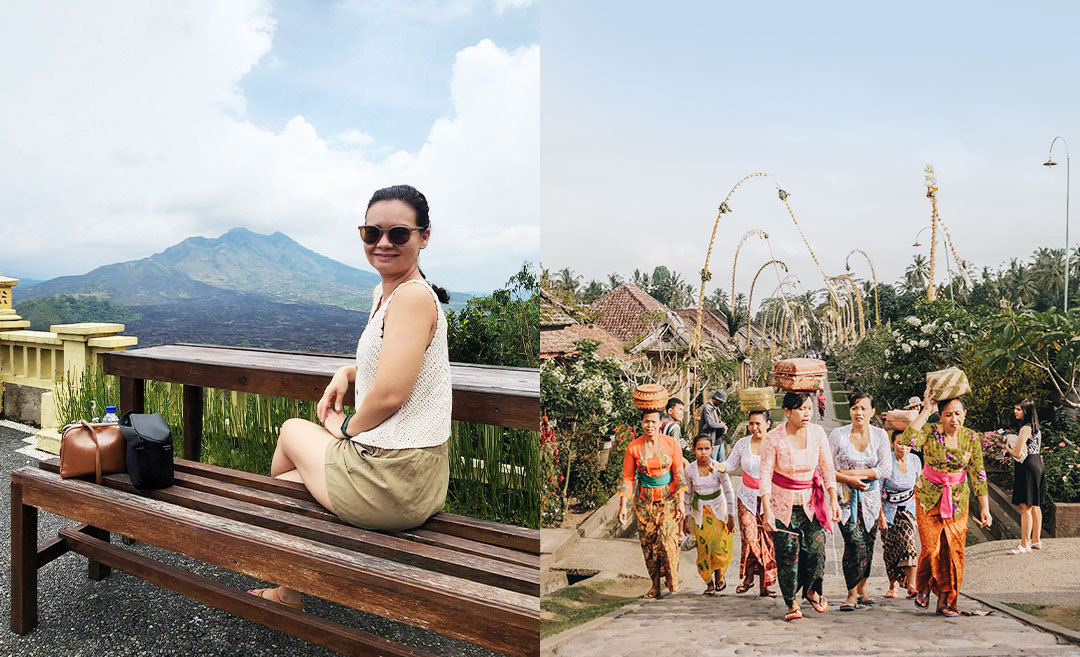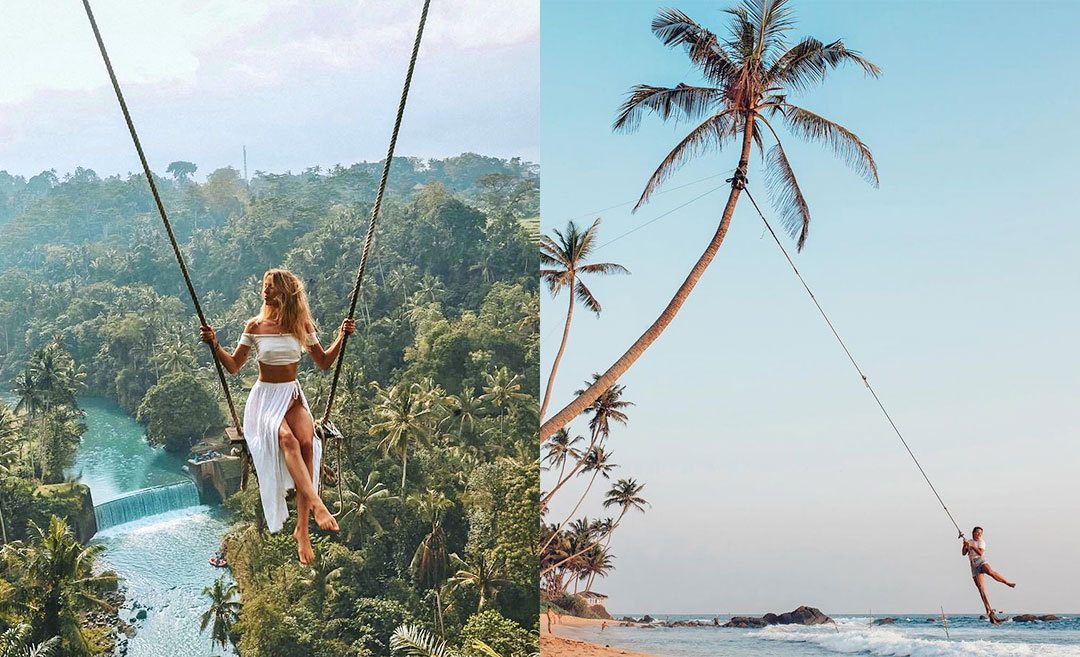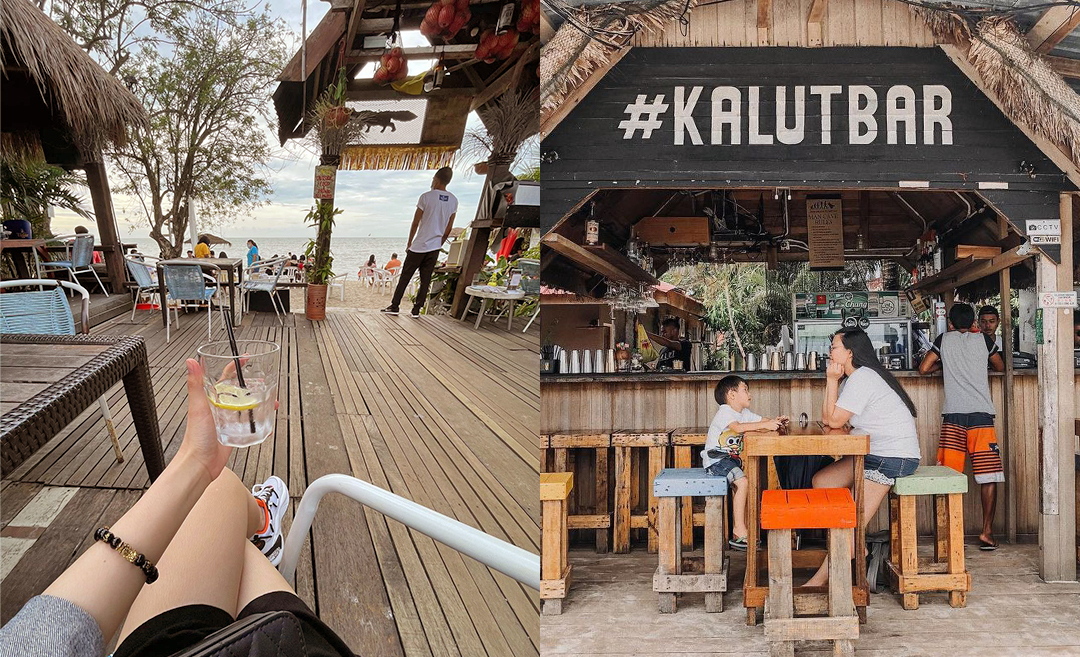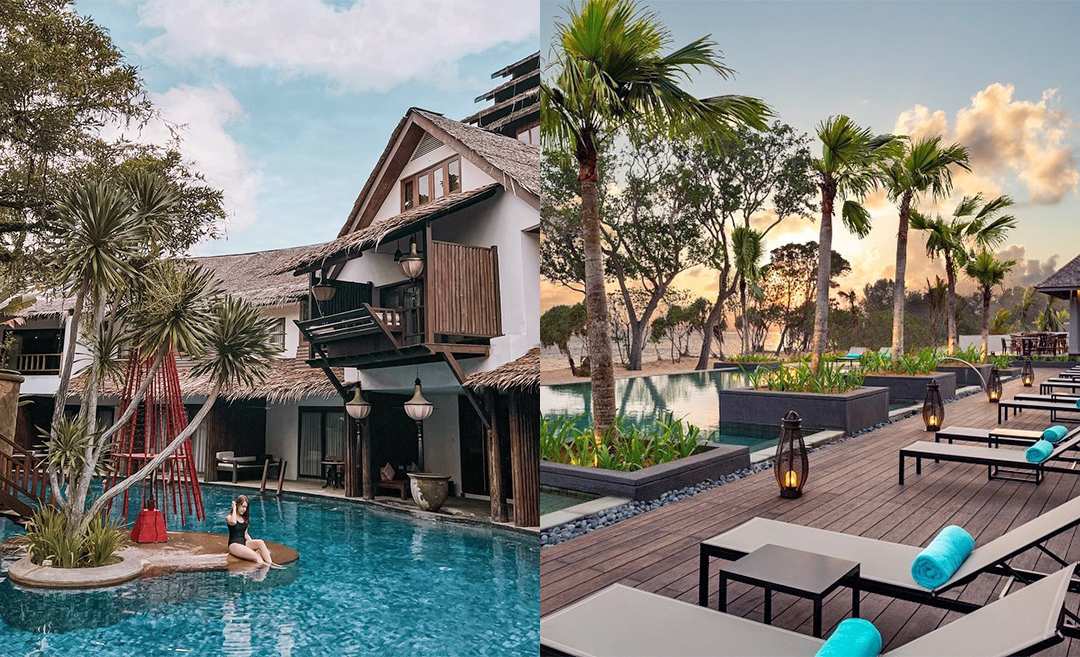Believe it or not, it’s been over a decade since my first visit to Bali, and like so many, once travel resumed, I made it back to the beautiful island. Only, this time, I was adamant on staying away from the overdone party central Kuta. Instead, I made it my mission to explore the slightly untouched Northern and Eastern regions of Bali. This was quite possibly the best travel commitment I made because it allowed me to immerse myself in the Balinese people’s way of life.
These are some of the most interesting things (and I learnt many!) about the people of Bali and their incredibly unique culture.
A temple for everyone and everything
It’s hard to miss Bali’s wonderful architecture when you walk or drive around the island. A big part of this architecture is the temples. Its countless (some sources say there are over 20,000) temples, along with the strong presence of Hinduism, is why Bali earned the nickname of Island of the Gods.
Why are there so many temples though? As we made our way up to Kintamani one day, my hired driver, Nyoman, explained that every village has at least three temples, each honouring different deities. On top of that, he also went on to say that every local family compound has one too.
The three types of temples you will find in villages (also known as Tri Kahyangan temples) are pura puseh (temple of origin), built to honour Vishnu, the God of Life, and the founders of the village; pura desa (village temple) to worship Brahma, the God of Creation; and pura dalem (temple of the dead) to praise Shiva, the God of Death and Reincarnation. Each of these temples is used for different ceremonies.
Pura puseh is usually located north of the city (kaja). Kaja is the holiest direction, which is towards the mountains from where the water starts flowing, and in Bali’s case, that is Mount Agung, believed to be where the Gods live. Pura desa is usually found in the centre of the village and is the place for daily spiritual activities and community events. Pura dalem is located at the lowest point facing the sea or river (kelod) and is also home to a burial ground.
Apart from these, you’ll also come across pura kahyangan (directional temples), pura segara (sea temples), pura tirta (water temples), all erected and used to please other Gods and deities, good and evil. You’ll also see ancestral temples, but these are private temples, or rather, homes, and the general public is not allowed to enter them unless invited.
Regulation, but make it fashion
While you won’t have to twist someone’s arm to put on a kamen or udeng, as the Balinese are generally very proud of their culture, you’ll probably see more locals donning traditional wear on Thursdays. This is because Bali Governor, I Wayan Koster, recently implemented a policy for officials to dress in heritage wear once a week, dubbing it ‘Traditional Thursday’. This regulation aims to protect and preserve the region’s cultural way of life and empower the Balinese people’s identity.
While the policy was put in place mainly for government and school institutions to adhere to, others have followed suit and made it part of everyday life.
Women are generally seen with flowers in their hair and wearing white or coloured kebayas with a kamben, a batik sash tied around their waist. The men will wear white shirts and a songket sampin, topped with a traditional headdress (udeng).
What’s in a name? A lot, apparently
Balinese people are traditionally named one of just four names, and their names are determined by order of birth. Regardless of whether they are born male or female, the first born will be called Wayan, the second is Made, the third is named Nyoman, and the fourth will be called Ketut.
If a family has more than four children, the cycle repeats itself with the next ‘Wayan’. In one humorous example, it was said that the second Wayan could be called Wayan Balik, which, translated loosely, means ‘Wayan Again’.
So, what about all the other names you hear about? The Balinese give their children second or third Hindu names as well, and these (or shortened versions of them) are usually adopted as their social names or nicknames. Someone named Made Wijaya, for example, could prefer to go by Wijaya.
There are also a few alternative versions of these names (Gede instead of Wayan, Kadek instead of Made, and Komang instead of Nyoman), which are determined by the caste a person is from; however, the fourth child (or multiples of the fourth) is always called Ketut.
Keep calm and carry baby everywhere
To the Balinese, newborns are considered holy beings and must be treated with devotion. The Hindu belief in reincarnation is still widespread, and a child’s birth is seen as the rebirth of a deceased relative.
At such a young age, babies are said to still have ties to the sacred ancestral realm as they are still being looked after by the nyama bajang, or 108 spirits. This is why, especially in the more traditional parts of the island, babies are constantly carried by their parents or close family members to maintain their purity.
After 105 days, a special ceremony called Nyabutan is held to celebrate the baby finally touching Mother Earth. A priest leads the ceremony to bless the baby with holy water, purify the parents, and thank and bid farewell to the 108 spirits. A baby’s feet touching the ground for the very first time symbolises that they are now a full and real human.
Have you encountered fascinating aspects of Balinese culture on your trip there? Let us know in the comments!




